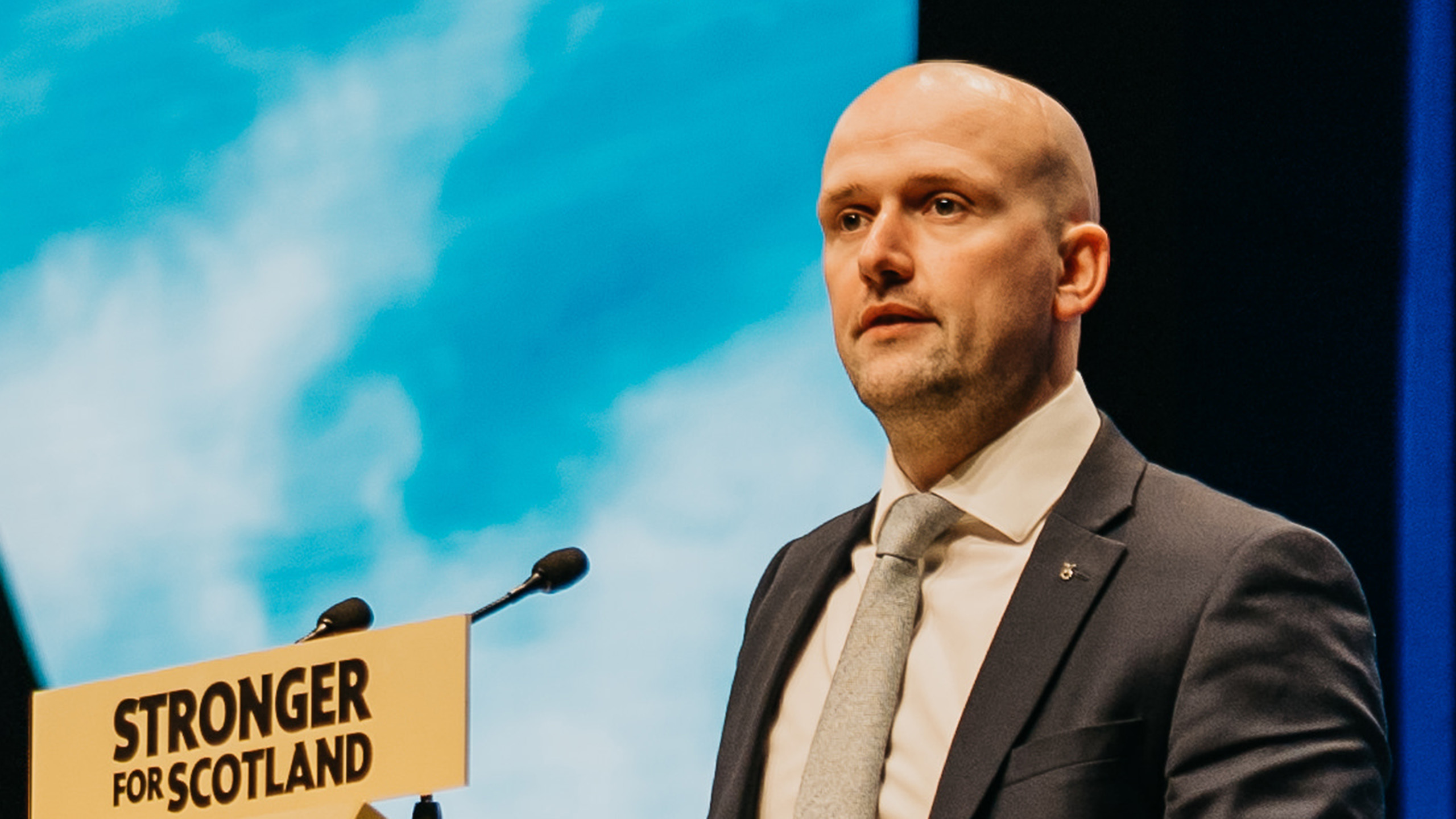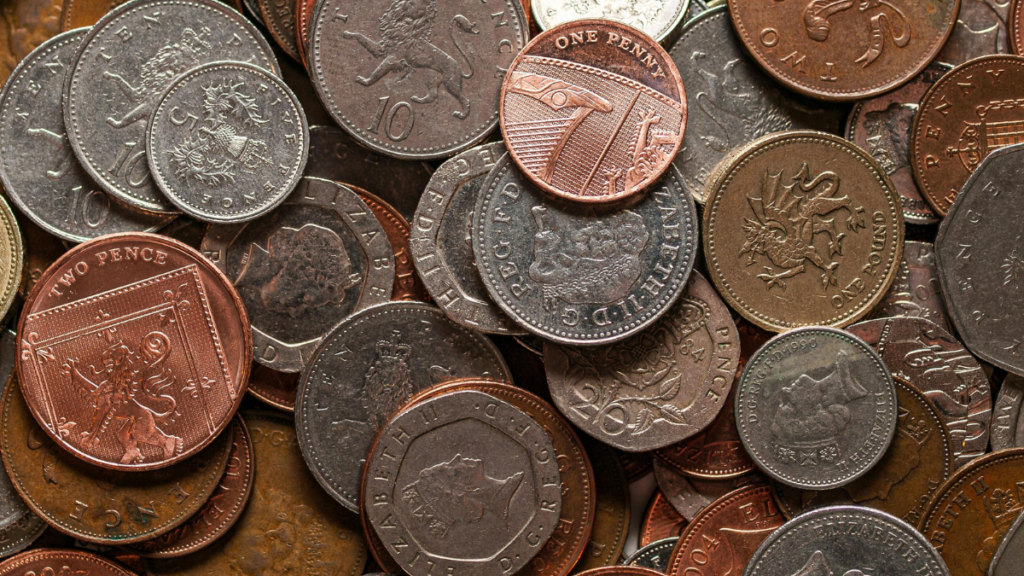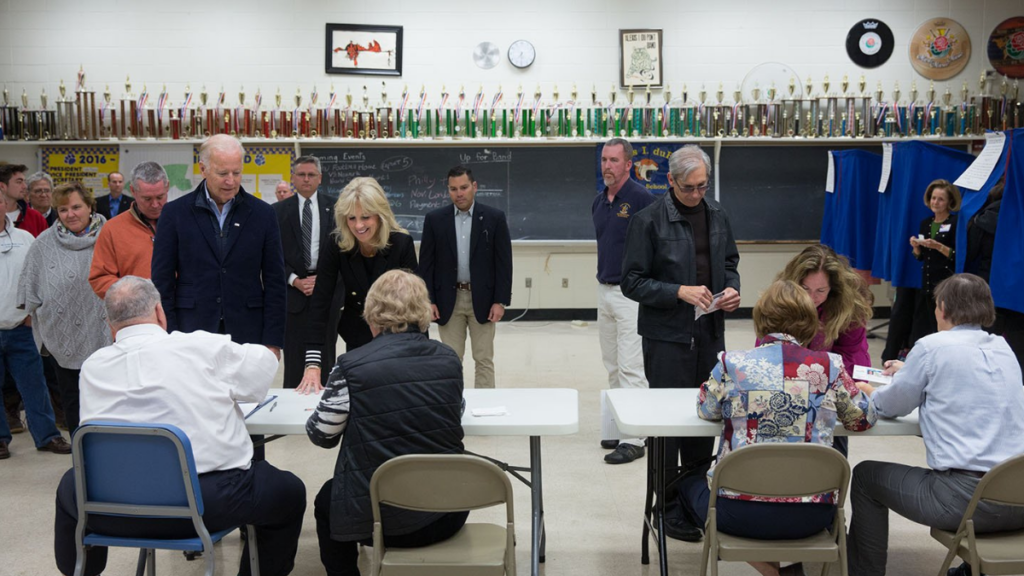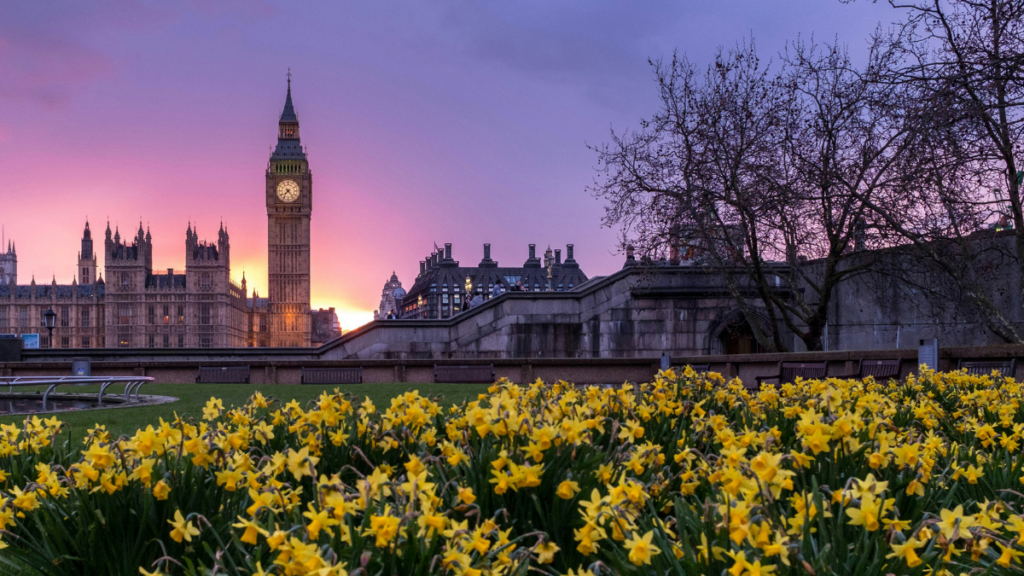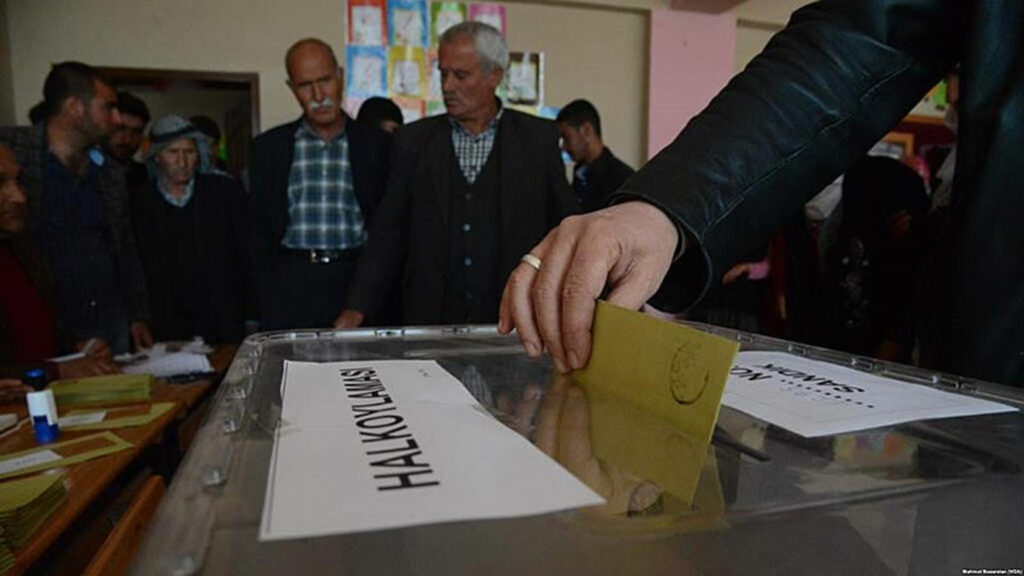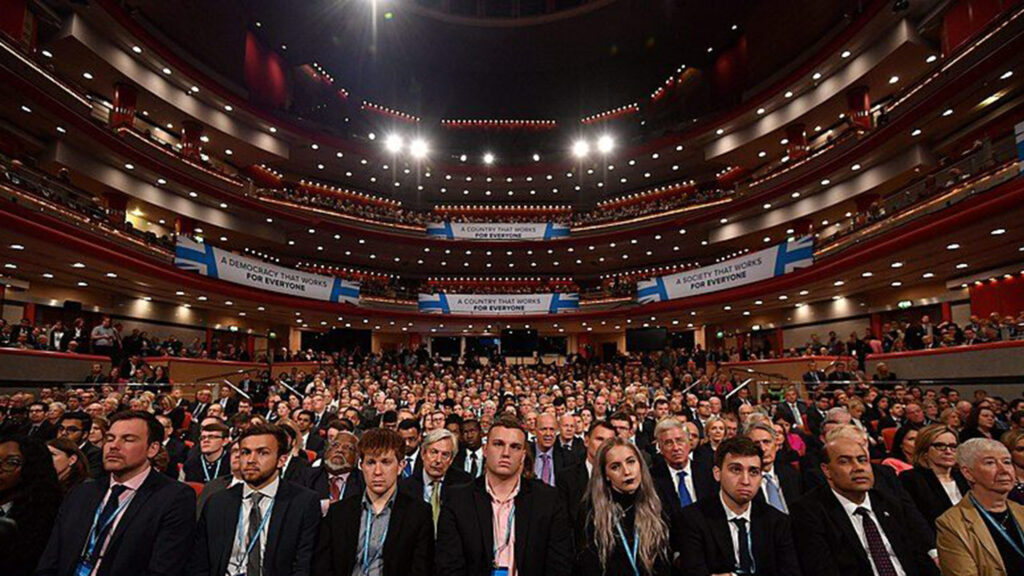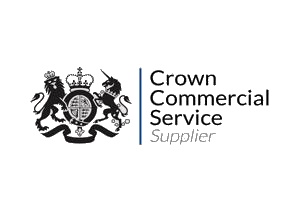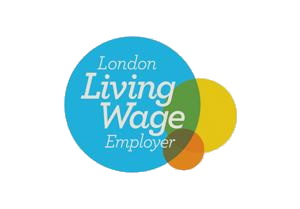As if a spate of arrests of senior party executives – including previous leader Nicola Sturgeon – was not enough, the Scottish National Party’s woes continue as more and more of their MPs announce they will not be seeking re-election. Edging towards a quarter of its parliamentary party standing down, the SNP faces internal wrangling, whilst Labour gradually overtake in the polls.
No longer in 'poll' position
This is not, in itself, unusual in the lead up to a general election, and it is well-known that many Conservative MPs have resigned or have announced their intention to not seek re-election. But against a backdrop of rapidly declining support for the SNP and the increasing likelihood of a Labour government, the ship really does seem to be sinking.
But looking at national polling can often be little more than a red herring. For instance, the SNP typically hover between 4-5% in opinion polls, but when Scottish seats account for 9% of the Westminster parliament, and the population of Scotland is roughly 8% of the electorate, relying on these polls means the intricacies of Scottish politics get lost.
This is why national polls can’t sufficiently explain the prediction that the SNP would likely lose nearly half of their Westminster seats. Electionmaps.uk’s nowcast predicts that Labour would gain a tranche of seats in Scotland – including nearly all of Glasgow – bringing Labour up to 24 to 26 seats, and becoming the largest party in Scotland once again.
For this reason, the half-life of the SNP is probably better judged by looking at regional polling and support for the cause upon which the party is based: independence.
It is important to remember that the 129 seats in Holyrood are allocated according to a proportional representation system: 73 Constituency MSPs are elected via First Past the Post, and the remaining 56 elected on an additional members “list” system (7 MSPs from 8 regions) to ensure proportionality.
With this in mind, at the beginning of June (3rd-5th), Redfield and Wilton’s survey found that, when including undecided voters, the SNP polled 34% in the first preference (constituency) vote, with Labour and the Conservatives on 27% and 20% respectively, but in the second preference (regional) vote, the SNP’s share fell substantially to 23%, behind Labour on 24% and ahead of the Conservatives’ 18%. Notably, the Scottish Greens, who tend to benefit from the system of Proportional Representation, were on 14% in the second preference vote, compared to their 2% in the first preference vote.
By the beginning of July (1st-3rd), however, the same polling company reported that the SNP had fallen to 30% in the first preference vote, whilst Scottish Labour rose to 27% and Scottish Conservatives stayed fairly steady on 19%. In the second preference vote, while the main parties have stayed fairly consistent (SNP 25%, Labour 23% and Conservatives 17%), there seems to be a greater plurality of votes for the smaller parties, with the Greens shrinking to 7% and the Scottish Liberal Democrats rising back up to 11%.
Focusing on the first preference votes, a fall of 4% might not seem like much; but all of this must be considered in the long view. At the end of last year (6th-9th December), both YouGov and Ipsos MORI had the SNP riding high on 50% in the first preference vote, and the total hegemony the SNP had over Holyrood seemed set to continue, if not increase. In this context, the decline in the SNP’s vote share can only be described as a collapse.
A divided party
This will not have been helped, of course, by the brief but visceral leadership contest earlier this year. Whilst Sturgeon’s popularity was consistently high, by the time the former First Minister was arrested this had fallen dramatically. And though comparisons might be unfair – who could really match up to Sturgeon? – her successor, Humza Yousaf, has proven to be incredibly unpopular with voters. To start with, the SNP did not experience a “new leader bump”, and his popularity has only fallen since, until now half of Scots think Yousaf is doing a bad job.
But nobody was going to come out of the leadership election well, especially when the tone was set early on to be over complex domestic issues rather than the unifying cause of independence. For instance, neither of Yousaf’s major challengers Kate Forbes nor Ash Regan supported the SNP’s Gender Recognition Reform (Scotland) Bill, with Forbes abstaining and Regan voting against – and later resigning. Forbes’ history of not voting for gay marriage legalisation later came under scrutiny, and gender recognition and the party’s general progressive line became a major source of tension in the contest, exacerbated by the power-sharing alliance with the Greens who are more overtly progressive on these issues.
Nonetheless, questions have been raised over the future of the party, especially now that the fault lines have begun to show. The real question hanging over the SNP now is whether the unity around independence – in spite of differences on the economy and cultural issues – is strong enough to hold the party together.
Is independence in doubt?
And what of independence? Of course, the most significant intervention on the issue came in the form of a unanimous Supreme Court ruling that Holyrood does not have the constitutional power to unilaterally hold an independence referendum. This means that, as long as Westminster does not think a referendum should be held, there simply won’t be one. The SNP knows this, which is why it recently held a conference on how to deal with this obstacle to independence, conscious that pro-independence sentiment has declined since the ruling.
But the gap narrows and widens consistently: in mid-April, YouGov found that 39% supported independence and 45% did not; in late May, Ipsos MORI revealed that 51% supported independence and 45% did not; and now, Redfield and Wilton’s polling shows that “no” to independence is leading at 49%, with “yes” behind 4 points at 45%. As is often the fear when it comes to polls, the answer seems to be dependent on who is asking – especially as a poll commissioned by the Alba Party put “yes” on 52.5%.
But regardless of whether “no” leads now, “no” never seems to rise above 50%. In other words, the majority of Scots do not seem convinced of the merits of staying in the union – something the Institute of Government has rightly pointed out is a glaring absence in the current government’s strategy.
Moreover, Redfield and Wilton delve into the motivations and factors behind support for independence, and whilst neither Starmer nor Sunak seem to be a tonic for the independence movement, the prospect of being forced to either create Scotland’s own currency (the Scottish Pound) or joining the Euro both decrease the support for independence.
For this reason, as much as the dominance of the SNP might be in question, the genie is out of the bottle on independence, and unless Westminster can offer Scotland credible reasons as to why staying in the Union is a good thing, chances are we will be stuck in a murky middle ground on independence for the foreseeable future – even if the SNP disappear as a force. Clarity is needed – would a Labour government offer it?

